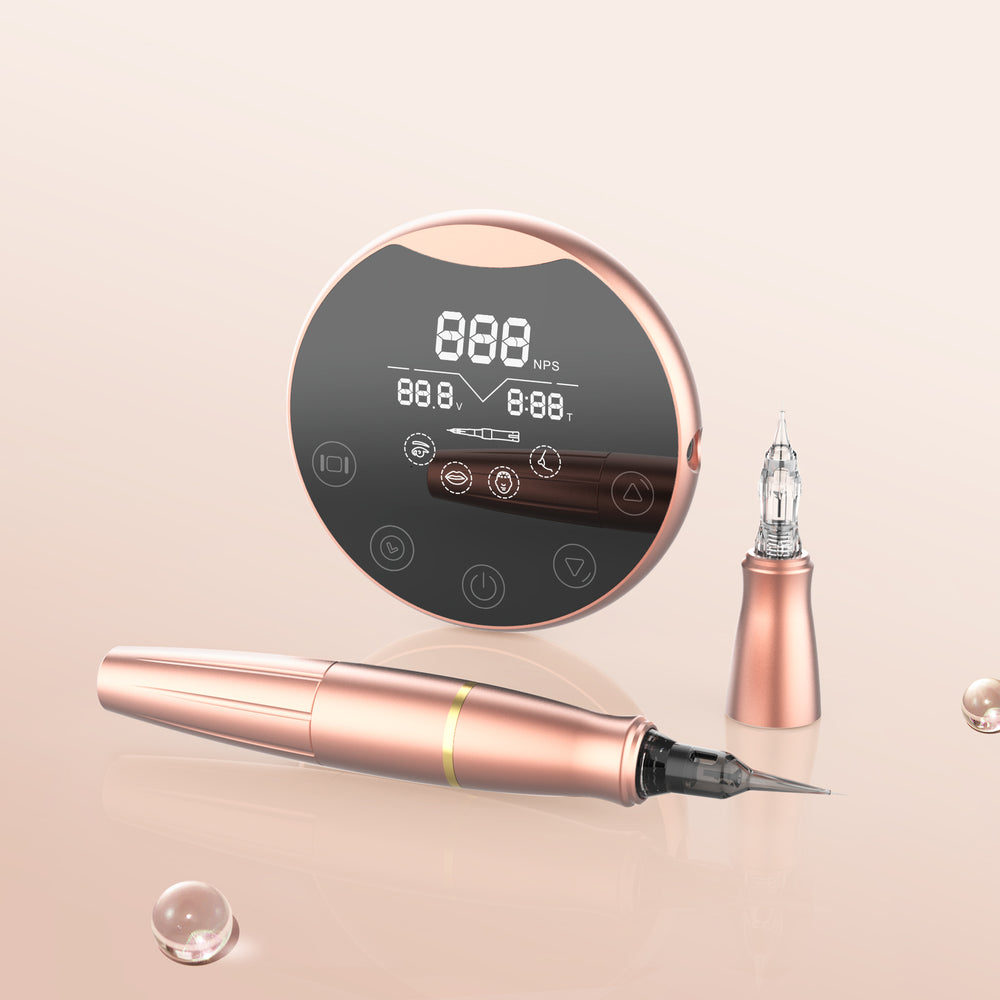Unlock the Secrets of PMU Needles: Discover Techniques that Transform Beauty!
In the ever-evolving world of beauty, PMU (Permanent Makeup) needles have carved a significant niche for themselves. These specialized tools are designed to deliver precise, long-lasting makeup solutions, allowing individuals to enhance their natural features without the daily hassle of traditional makeup application. If you've ever wondered how beauty enthusiasts achieve those perfect brows or luscious lips that seem to last indefinitely, PMU needles are at the heart of it all. In this article, we will delve into what PMU needles are, explore the different types available, and uncover the techniques that can transform your beauty routine forever. Whether you're a beauty professional or simply someone interested in permanent makeup, this guide will provide valuable insights into the world of PMU needles.

Understanding PMU Needles
PMU needles are intricate tools specifically designed for depositing pigment into the skin, creating the illusion of makeup that lasts for years. They come in various designs and configurations, each tailored for specific applications. Typically made from high-quality stainless steel, these needles are engineered to ensure precision and minimal discomfort during the procedure. The technology behind PMU needles often includes features like sterilization and single-use designs, which are crucial for maintaining hygiene and safety in beauty treatments. Understanding how these needles work—by puncturing the skin at a controlled depth to introduce pigment—is essential for anyone looking to explore permanent makeup. This knowledge not only enhances the artist's skill but also ensures safety and efficacy in the application process.
Types of PMU Needles
When it comes to PMU needles, there are several types to consider, each with its unique application and benefits. Single needles are often used for precise detailing, such as creating hair-like strokes in eyebrow tattoos. Multi-needle configurations, on the other hand, are designed for broader applications, allowing for shading or filling in areas more efficiently. Some common types include the round liner needles, which are ideal for outlining, and flat needles, which are excellent for creating soft shading effects. Understanding the specific uses of each needle type can dramatically influence the final results of a PMU procedure, ensuring that beauty professionals can achieve the desired look for their clients.
Single Needles vs. Multi-Needle
When comparing single needles to multi-needle setups, it’s essential to understand the advantages and limitations of each. Single needles provide unparalleled precision and control, making them perfect for creating fine lines and intricate details, especially in eyebrow work. They allow artists to mimic natural hair strokes, which is crucial for achieving a realistic look. Conversely, multi-needle configurations offer a broader coverage area, which is beneficial for techniques that require shading or a more filled-in appearance, such as lip blush or eyeliner. However, the choice between single and multi-needle often boils down to the desired outcome and the specific area being treated. A friend of mine, a seasoned PMU artist, often says, "The right needle can make all the difference in achieving your client’s vision."
Techniques Utilizing PMU Needles
The artistry of PMU lies not just in the needles used but also in the techniques employed. Among the most popular methods are microblading, shading, and eyeliner application. Microblading involves using a fine blade to create hair-like strokes, perfect for enhancing brows. Shading techniques provide a soft, gradient effect, adding depth and dimension to the makeup. Eyeliner application with PMU needles can vary from subtle enhancement to bold, dramatic looks, depending on the client’s preference. Each technique requires a different approach and needle type, showcasing the versatility of PMU needles in enhancing one’s natural beauty. A close friend of mine recently underwent PMU for her eyebrows, and the transformation was remarkable; she was amazed at how the right technique could elevate her entire look.
Application Techniques for Different Areas
Specific application techniques vary significantly based on the area being treated with PMU needles. For brows, artists often use a combination of single needles for detail and multi-needles for shading, creating a natural, full appearance. Lips can be enhanced using soft shading techniques to create a fuller look, while eyeliner requires precision to ensure a clean line without smudging. Understanding the anatomy of each area is crucial, as skin texture and sensitivity can influence the choice of needle and technique. My friend’s experience with lip blush was particularly enlightening; she shared how the artist tailored the needle type and technique to ensure a comfortable process while achieving a stunning result.
Exploring the Impact of PMU Needles on Beauty
In conclusion, PMU needles play a pivotal role in the beauty industry, offering versatile solutions for enhancing one’s features with long-lasting results. From understanding the various types of needles to mastering the techniques that utilize them, knowledge in this area is invaluable for both beauty professionals and enthusiasts alike. As we've explored, the right needle and application technique can significantly impact the outcome, transforming beauty routines and boosting confidence. If you’re considering exploring the world of PMU, take the time to research and understand the options available. The possibilities are endless, and the results can be truly transformative.








